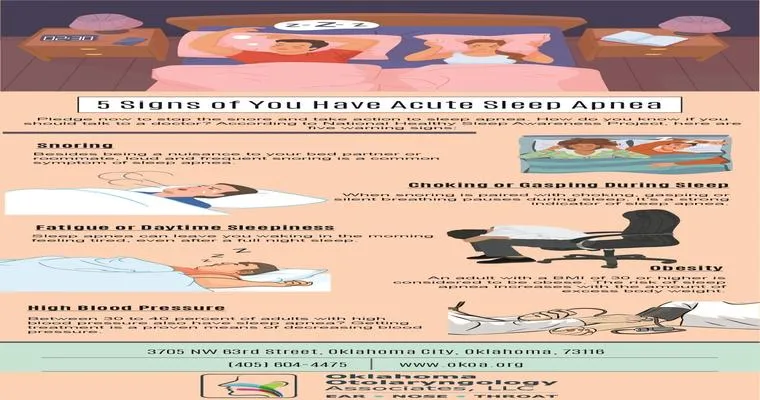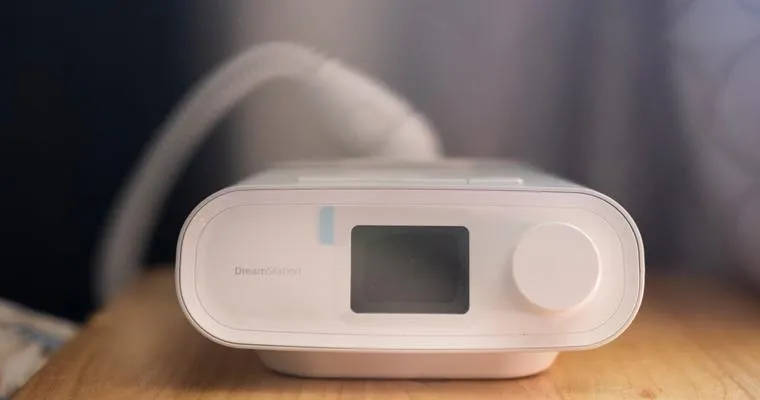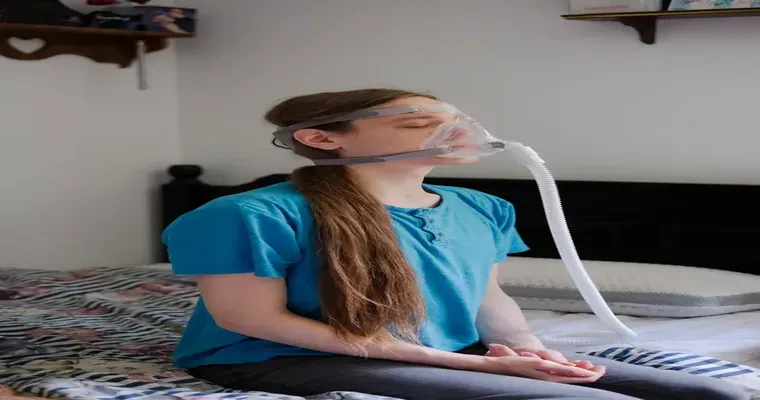Sleep apnea is a common yet often misunderstood "sleep disorder" that affects millions of people worldwide. Those who suffer from this condition experience repeated interruptions in their "breathing" during sleep, which can lead to a host of health issues and a significant decrease in "sleep quality". But what is it really like to have sleep apnea? In this article, we will explore the symptoms, experiences, and treatment options for those living with this condition.
Understanding Sleep Apnea
Sleep apnea primarily falls into three categories: "obstructive sleep apnea", "central sleep apnea", and "complex sleep apnea syndrome". The most prevalent type, obstructive sleep apnea (OSA), occurs when the throat muscles relax excessively, blocking the airway. This blockage can result in loud snoring and gasping for air, often awakening the individual from sleep. Central sleep apnea, on the other hand, is less common and occurs when the brain fails to send appropriate signals to the muscles that control breathing.
Common Symptoms
People with sleep apnea often experience a range of symptoms that can significantly affect their daily lives. Common symptoms include:
1. "Loud snoring": This is often the most noticeable sign of obstructive sleep apnea, affecting not only the individual but also their partner.
2. "Choking or gasping during sleep": Many people are unaware that they have episodes of choking or gasping, which can be alarming for those who witness it.
3. "Excessive daytime sleepiness": Due to disrupted sleep, individuals often feel tired during the day, impacting their "productivity" and overall quality of life.
4. "Morning headaches": This can result from oxygen deprivation during the night.
5. "Difficulty concentrating": Sleep apnea can lead to memory problems and difficulties in focusing.
Living with Sleep Apnea
For many who live with sleep apnea, the experience can be challenging. Imagine a night filled with "frequent awakenings", disrupted sleep cycles, and the feeling of never quite being rested. The fatigue can carry over into daily life, making tasks feel overwhelming. Relationships can also suffer, as partners may struggle with the noise of snoring or worry about their loved one’s health.
Diagnosis and Treatment Options
If you suspect you might have sleep apnea, it is crucial to seek diagnosis from a healthcare professional. A "sleep study" may be conducted to monitor your breathing patterns during sleep.
Treatment options vary based on the severity of the condition but may include:
"Lifestyle changes": Weight loss, avoiding alcohol, and quitting smoking can significantly improve symptoms.
"Continuous Positive Airway Pressure (CPAP)": This is a common treatment where a machine delivers air through a mask to keep the airway open.
"Oral appliances": These devices can help reposition the jaw and tongue to keep the airway clear.
"Surgery": In severe cases, surgical options may be considered to remove obstructive tissues.
Conclusion
Living with sleep apnea can be a daunting experience, but understanding the condition is the first step toward effective management. With proper diagnosis and treatment, individuals can improve their "sleep quality" and overall health. If you or someone you know is experiencing symptoms of sleep apnea, it’s important to consult with a healthcare provider to explore the best options available. Taking action can lead to a better night's sleep and a healthier life.





